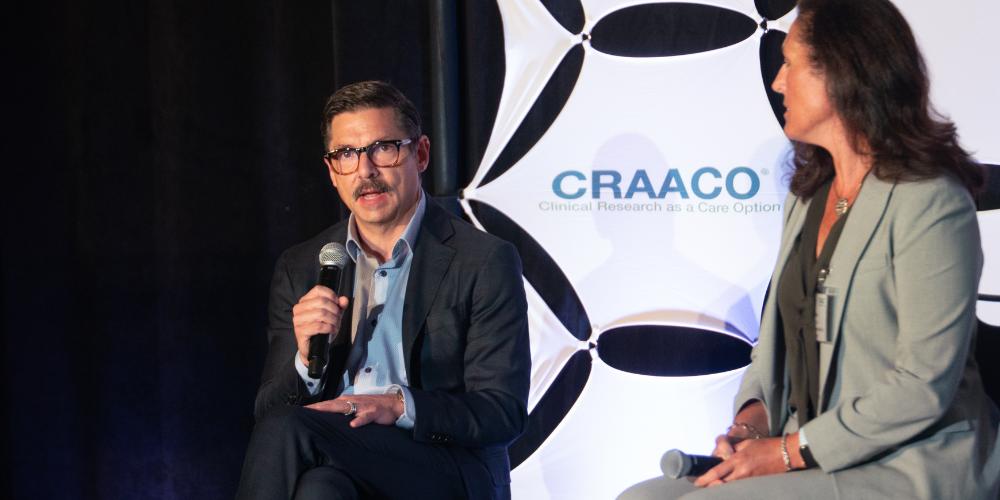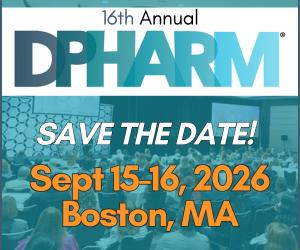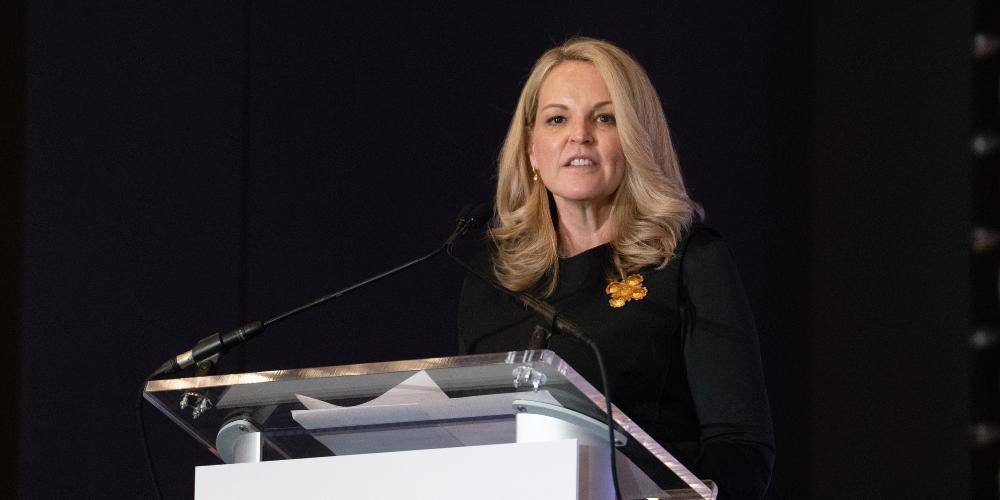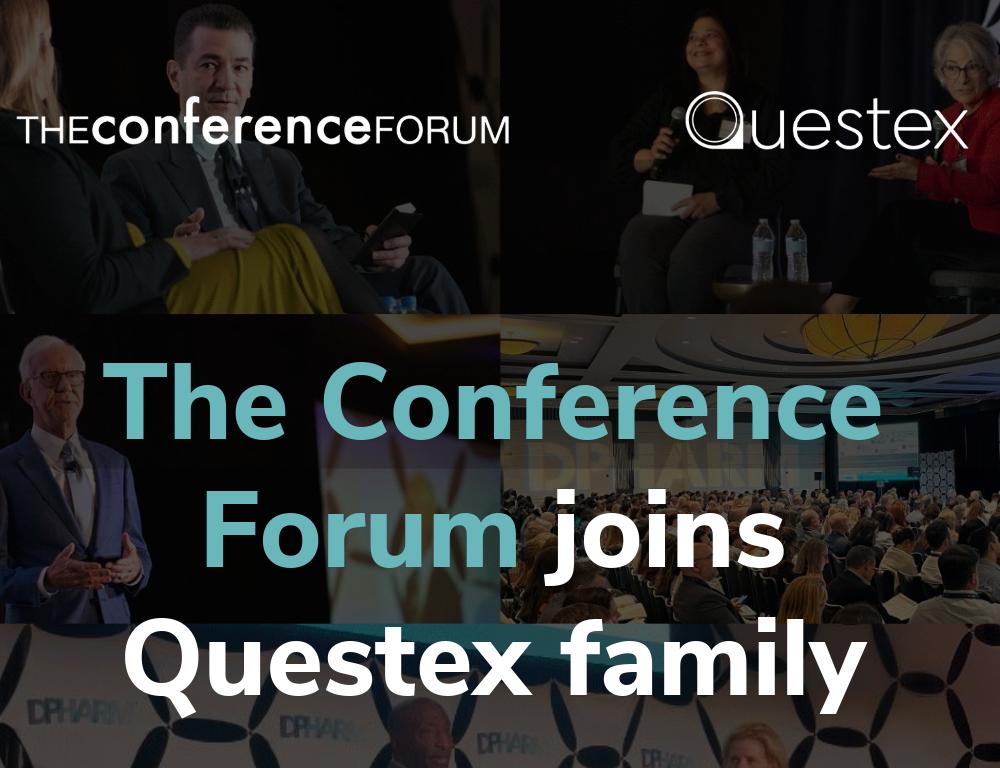How Paradigm Health Is Enabling Community and Rural Health Systems to Do Oncology Clinical Research
Paradigm Health’s CEO Kent Thoelke tells us how they are using large language models to reduce the labor required for community and rural health systems to participate in oncology clinical research and integrate into physician workflows.

How are you leveraging technology to enable community and rural health systems to participate in clinical research?
The goal was to be a labor arbitrage because a lot of these rural and community settings want to participate in research, or don’t have sufficient staff available for manual chart reviews to match patients to clinical trials. We had to figure out how to use technology to take the scarcity of personnel and create supply, to minimize some of that labor required then these community and rural systems could participate in research at the same level as their academic and tertiary peers. This required ensuring that we could embed our technology and process seamlessly into the preexisting workflows of community and rural physicians..
How does it actually work?
We build data pipes into healthcare systems. We operate under BAAs, so we're an extension of the physician and the healthcare systems and have the same privacy constraints as the physician or the study staff. Our platform parses medical records while we simultaneously digitize clinical trial protocols to then match patients to the criteria for the trials. We automate most of this process with the last mile being where we still have a human in the loop. We're not replacing the physician, we’re providing the physician all of the information for why a patient might be a good fit for a clinical trial.
In the last two years, with the adoption of large language models and generalized artificial intelligence, machine learning has significantly changed. Previously natural language processing was roughly 40% sensitive, which resulted in a big top of the funnel and still required heavy manual lifting to do the final matching. Today, with large language models, we operate with 95-98% sensitivity. We can screen hundreds of thousands of patients in the same time it takes a human to do a handful.
"We had to figure out how to use technology to take the scarcity of personnel and create supply, to minimize some of that labor required."
How are you integrating into the existing workflow to alert physicians for potential patient matches?
When we ingest all of the medical records of a health system, we are also ingesting all of the scheduling data. Now we know when a patient is coming in for a particular procedure so that we can alert the physician a week ahead of time that they might be eligible for a trial.
Currently, the existing model is very reactionary. A physician sees a patient, they progress and they become eligible for a trial. That requires someone on staff knowing that a trial is available, having pre-reviewed that data and eligibility criteria and then presented it to the physician. There are so many pieces in that process that require luck.
What is the impact for physicians and patients with the inclusion of scheduling data as well as medical records?
Now, because we can see all of the patient's records longitudinally, we can follow a patient for months through their therapy and help navigate them when they become eligible for a trial. But it’s critical that it’s done within the physician workflow.
For example, consider a patient that’s been diagnosed with lung cancer. If they get to a point where disease state progresses, we can have conversations with the physician ahead of time that prepares the physician to discuss all potential options, including clinical trials. It’s not to say that every patient should participate in a clinical trial, but we should be evaluating every patient to see if a clinical trial is the right care option for them.
"If we want to make clinical research a care option for them, the barriers to entry can’t be so high that they can’t actually participate."
What’s been the impact for health systems thus far?
In one example, Altru Health System saw a 50% increase in the percentage of their oncology population enrolled in clinical trials. In another, Highlands Oncology increased their patients’ participation by 45%. Some of this is screening versus actual matching, because the matching is more complicated and requires a human in the loop for the actual consent.
We have a healthcare system in our network with three study coordinators full-time. Manually, they are evaluating 6 patients per week. They might see 20,000 new cancer patients a year and put 30 patients onto trials. Clearly something isn’t working right with the old model. Our hope is that if we can show physicians the sheer volume of patients in their community that are potentially eligible, it might drive a desire to change something in their workflow.
How are you leveraging data and LLMs to help sponsors?
Because we have all the data for community and rural oncology patients, we’re leveraging it to help trial sponsors optimize their protocol development to better reflect actual care in the community. So whatever the care paradigm is for a particular patient in the community and rural setting, we help pharma companies match their trials. That's important, not only because it makes it easier to find and match patients, but it also lessens the work needed for quality data capture, and most importantly, lessens the burden on the patient.
Patients in rural or community settings might be of lower socioeconomic status, don’t have paid time off, etc. If we want to make clinical research a care option for them, the barriers to entry can’t be so high that they can’t actually participate. A protocol can’t have multiple visits, lab draws, or scans, that wouldn’t be part of their normal care.
How are you making that case to sponsors?
Through the precision of large language models, we are able to show them the impact, by procedure, by criteria, on how many patients a sponsor is losing at each step so that they can make informed decisions.
Inertia is the biggest challenge, but we’re in a moment of great potential change. With the pressure from the current administration on NIH funding and cutbacks in research budgets, you need to be able to do more with less. With the concept of most favored nation pricing and the Inflation Reduction Act, there are multiple pricing pressures on pharma right now. If you're going to bring a drug to market, it can't cost you the same amount as it did five years ago because you don't make any more money. Or you can’t bring as many drugs to market because it’s costing too much money per drug.
The solution for that is taking out one of the biggest expenses, which is clinical development. When recruitment rates are low, trials take longer and cost more. Our thesis is that through advanced technology, we can significantly reduce the amount of overall spend per drug.
What would you say to sponsors about the reality of site burdens?
Specifically for oncology, it’s not feasible for a large healthcare system to do multiple biopsies or multiple blood draws that extend beyond eight hours, etc. That’s also not feasible for normal people, or people working hourly jobs. That seems simple in theory, but we see it all the time.
Anything that is unnecessary or not part of the normal standard-of-care can be an extra barrier to participation for patients. If they have limited insurance with high copays, it’s very disingenuous to ask them to participate in a trial when they can’t afford the 20% copay to be part of the trial.
What’s next for Paradigm?
The next thing we’re doing is clinical trial matching, specifically using large language models to read records and match against the IE criteria and protocol. We serve that information up to the physician in a way that’s completely digestible. For every inclusion criteria, we serve up the document that matches so that it’s actionable.
And since we already have all of the data, we're building out an eSource system so that all of the electronic data that we have that is required for the trial, can port directly into the data capture system. Because we have large language models, we can transport both structured and unstructured data.
If we can reduce manual data entry time by 80% or more, it allows community and rural systems who want clinical research as a care option to not have the burden of spending 10-12 hours per week on data entry.
What are your thoughts on making clinical research a care option in today’s environment?
Everyone agrees that clinical research should be a care option, but the technology to do it at scale hasn’t been available to the extent that it is today. However, the technology aspect is one piece of a multidimensional problem. The first part of CRAACO is that we screen every patient to see if they are eligible. But there are the downstream considerations, such as whether the physician has the time, if there are the research units from a revenue perspective, and if there is the clinical research staff to support them, to name a few.
For us specifically, we serve primarily rural and community-based healthcare systems. A large proportion of those patients are on Medicare/Medicaid. We are involved in legislative action with the US Congress on how we can ensure that Medicare and Medicaid patients can participate in research without being penalized.
We need the government to support community and rural healthcare system settings in the same way that they did with the Affordable Care Act and EHRs, when they helped fund or provided financial incentives for community rural settings to move to electronic health records. There are bills being put forward, the Clinical Trial Modernization Act and the Rural Technology Act, as well as subcommittees on artificial intelligence and healthcare. There has to be federal support as well.









